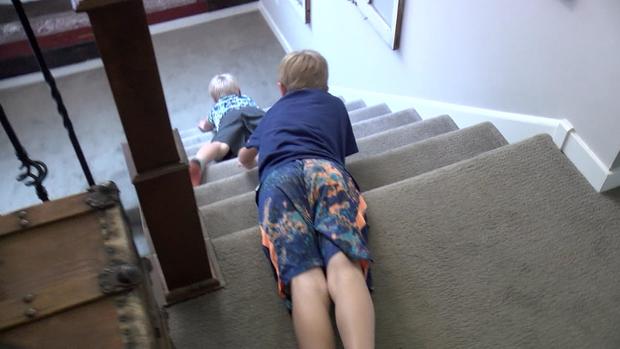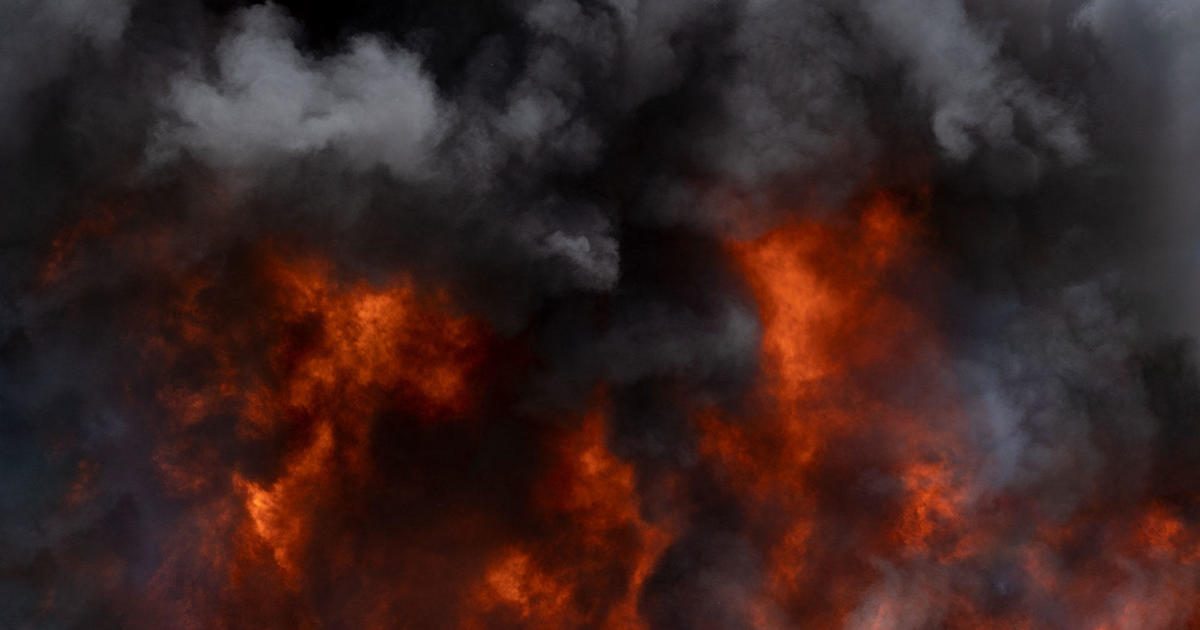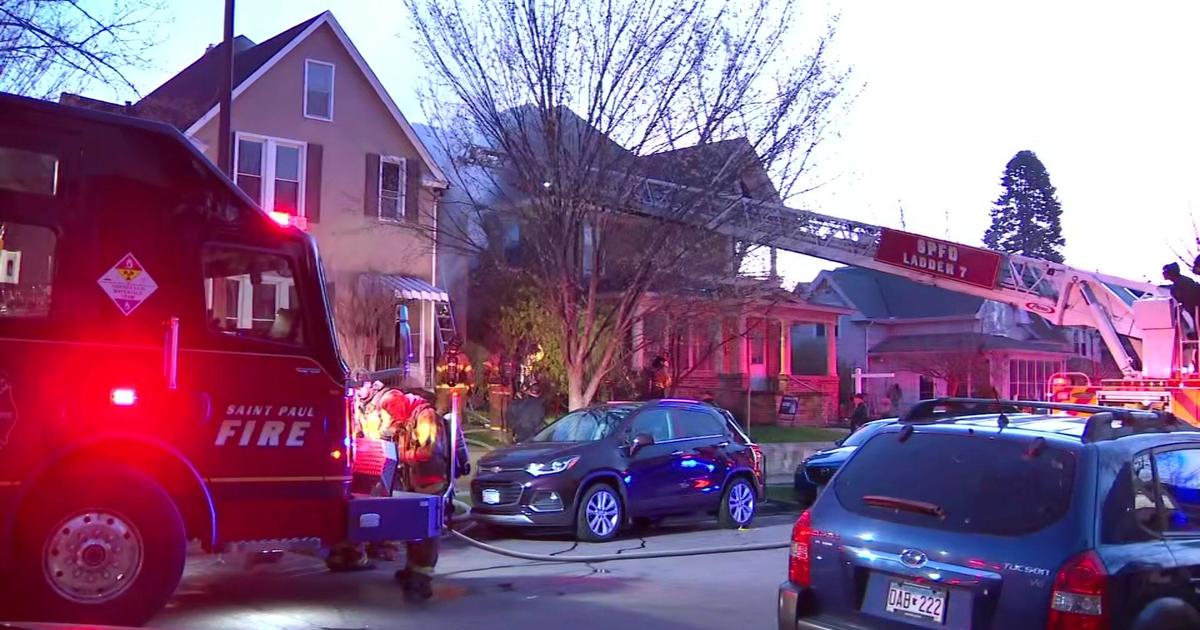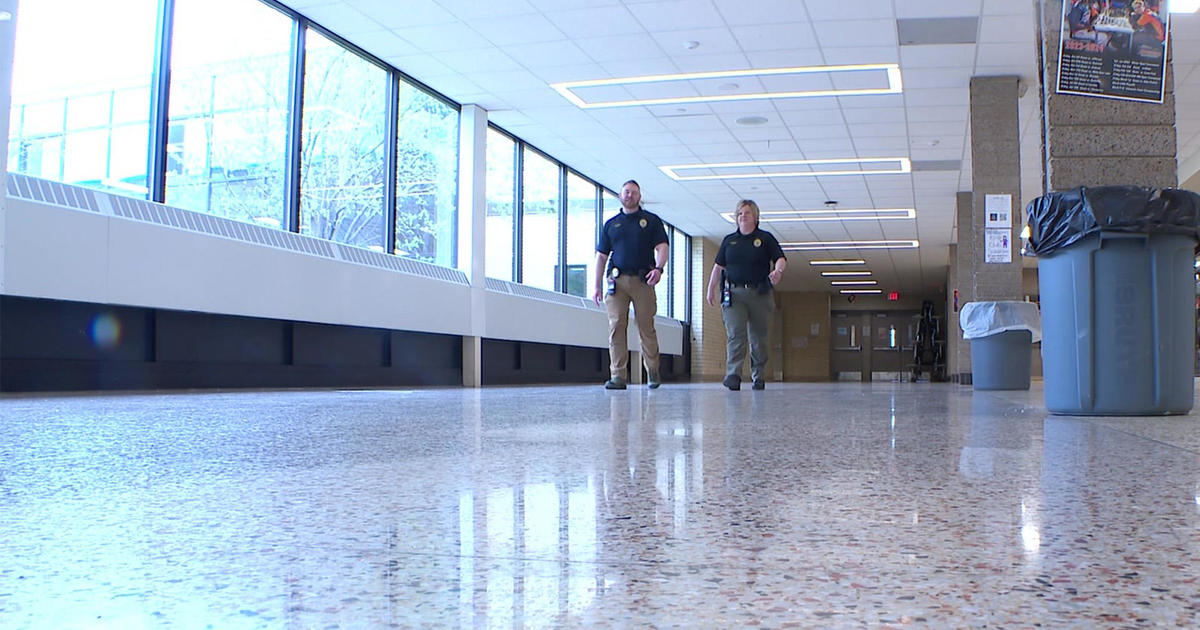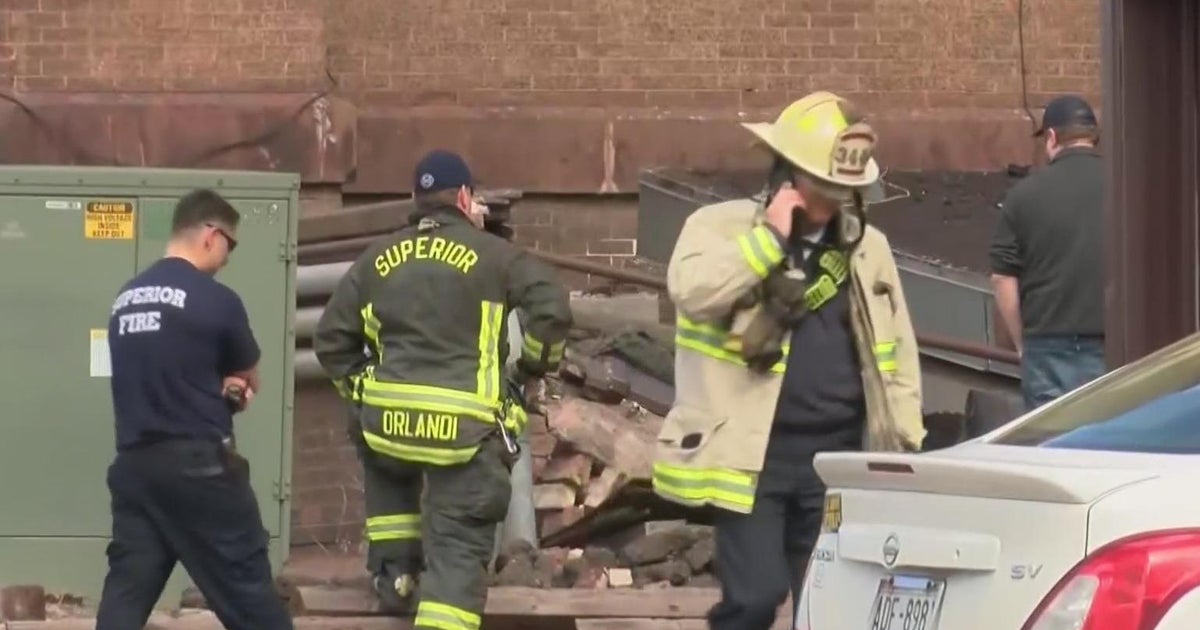How to make a fire safety plan for your home
BLAINE, Minn. -- Parents seldom like to bring work home to their family, but that's a tough task for a firefighter like Jeff Frahm.
The Frahm family on Thursday invited WCCO to their home as they held their own fire drill to review what happens if and when there's smoke, how to escape, where to meet up, and other essential information.
Joining the demonstration was Amanda Swenson, Minnesota's chief deputy state fire marshal. According to state officials, fires have killed 27 people so far in 2022, a 42-percent increase compared to this same time last year (19 deaths).
"Over and over every year we see people not having that early alert and being able to get out," Swenson said. "That working smoke alarm makes all the difference."
The number of deaths could have been higher if not for the heroics of a St. Paul police officer whose quick thinking saved four girls from a burning home.
The State Fire Marshal's office offers the following tips for families:
What to include on a home escape plan
* Draw a map of all the rooms in your home. Show all doors and windows.
* Know at least two ways out of every room, if possible. First, the door, then the window. Mark a path from each exit to the outside. Make sure all doors and windows leading outside open easily.
* Include the location of all smoke alarms in your home.
* Have an outside meeting place in front of your home where everyone will meet. The meeting place should be a safe distance from the home and can include things like a tree, light pole, mailbox, etc. Avoid meeting where emergency vehicles will be approaching and parking. Make sure to mark the location of the meeting place on your escape plan.
* Call 911 from outside your home.
Practicing home escape plan
* Practice your home fire drill during the day, then at dusk, then at night with everyone in your home, twice a year.
* Practice using different ways out.
* Teach children how to escape on their own in case you can't help them. teach all family members to "get low and go" if they encounter any smoke on the way out. The smoke is more dangerous than the actual fire.
* Close doors behind you as you leave.
Concern for pets
* Never go back in for pets. Firefighters will do that once it's safe. (Animals are smart; they will usually hide as far away from the fire as possible.)
* To avoid that problem, put your pet beds -- and keep a leash close at hand -- in bedrooms with family members who can take the dog or cat along as they evacuate.
Smoke alarms
* Install smoke alarms inside every sleeping room and outside each separate sleeping area. Install alarms on every level of the home. Smoke alarms have a 10-year lifespan. Even hard-wired alarms. Check for the "birth date" on the back of the unit.
* Test the alarms monthly. Have the kids there when you do. Have them cover their ears (in case they have auditory sensory issues, and to avoid scaring them even if they don't) so they recognize the sounds of those alarms.
* If the smoke alarm sounds, GET OUT AND STAY OUT. Never go back inside for anything.
